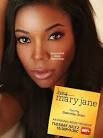“People who live in glass houses ….” is a recurring device in film and TV narrative.
 The aphorism that ends with “…shouldn’t throw stones” (or “…shouldn’t stow thrones,” as parodied on a “Fractured Fairy Tales” segment of “Rocky and Bullwinkle”) suggests that it’s unwise to cast aspersions when your own life is subject to scrutiny.
The aphorism that ends with “…shouldn’t throw stones” (or “…shouldn’t stow thrones,” as parodied on a “Fractured Fairy Tales” segment of “Rocky and Bullwinkle”) suggests that it’s unwise to cast aspersions when your own life is subject to scrutiny.
In film and television, however, glass houses are an aesthetic decision that evoke different things, from wealth and privilege to isolation and vulnerability.
They turn us into voyeurs and collaborators of a sort, in what is about to occur, like a home invasion, and offer unsettling insight about risks inherent in living your life in public.
The array of shows and films that use the device means it is not a fluke but a choice.
Below are some prominent ones. What am I missing?
 —-The Film: “Ex Machina” (Opens Friday) A wealthy and reclusive software developer – Oscar Isaac – lives in a remote glass-walled dwelling surrounded by forest, waterfalls and mountains. (It was filmed in Norway).
—-The Film: “Ex Machina” (Opens Friday) A wealthy and reclusive software developer – Oscar Isaac – lives in a remote glass-walled dwelling surrounded by forest, waterfalls and mountains. (It was filmed in Norway).
It is not a home, he tells a visitor, it is a laboratory, where he is experimenting on artificial intelligence. But is his glass walled test tube of a home a castle or a prison? “It’s not cozy,” says Isaac. “It’s claustrophobic.
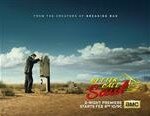
—The Show: “Better Call Saul” (2015) When a client of lawyer Saul Goodman embezzled a million dollars the man and his wife hide it in plain sight, at least to Mike Ehrmantraut, the lawyer’s enforcer.
The oversized glass windows to the rear of their home allow Ehrmantraut to see where they stash it and, when the dark house reveals they’ve retired for the night, retrieve it.
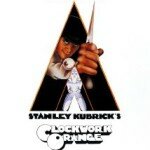
—The Film” “A Clockwork Orange” (1971) Light from the large windows outside a concrete home light the forest as Alex and his Droogies watch the people inside with ultraviolence on their minds.
“Who on earth could that be,” says the affluent man inside his book-lined study, when the doorbell rings. He is beaten and bound and his wife raped.
—The Show: “Being Mary Jane” (2015) The isolated glass house is meant to evoke the success of the main character, a TV personality played by Gabrielle Union. It also serves as a metaphor for her isolation from people close to her.
And when her burglar alarm system goes off in the middle of the night it serves as a reminder of how easily one’s personal security can be breached.

—The Film: “Martha Marcy May Marlene” (2011) A cult leader collects traumatized and impressionable young people, and leads them on dead-of-night raids on affluent homes whose residents falsely believe themselves secure behind department store-size windows.
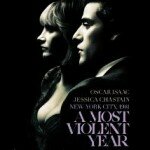
—The Film: “A Most Violent Year” (2014) Oscar Isaac – again – is a successful heating oil distributor who moves his family out of the city and into a remote suburban home representative of his status.
But when his business is violently threatened by competitors, its large glass windows afford a view into the home that heightens the sense of danger and vulnerability created by the act of being observed.
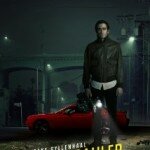
—The Film: “Nightcrawler” (2014) A tabloid television news photographer, played by Jake Gyllenhaal, not averse to staging accident scenes or causing them, follows killers to a suburban home invasion in suburb.
He witnesses the crime through the home’s cathedral-sized front windows, viscerally engaged but morally detached while watching through the lens of his camera.
–The Show: “True Detective” (2015). In this show about a trio of cops investigating a bizarre crime, Vince Vaughn plays a businessman whose criminal behavior is catching up with him. His glass house, reminiscent of “Being Mary Jane,” reinforces the sense that something bad can happen at any time.
Tags: A Clockwork Orange, Being Mary Jane, Better Call Saul, Ex Machina, Nightcrawler, Oscar Isaac Posted by
